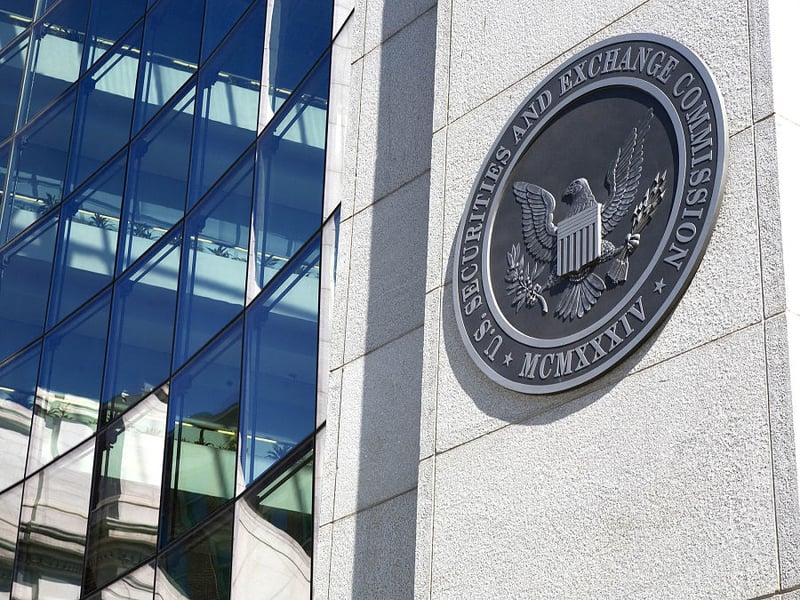

The rule-making petition filed with the Securities and Exchange Commission opposing the plain disclosure of material facts is a stunning example of industry disdain for the rule of law.
Let’s start with the name, the label branded on the SEC, “regulation by enforcement.” It is deceptive. It distorts what the SEC has done and the reason for doing so. It deserves either three or four Washington Post Pinocchios for its lack of truthfulness. Here’s why.
The petition focuses attention on the particulars of a disclosure when a recommendation entails a conflict of interest. This attention is especially good as we enter an era with Regulation Best Interest where disclosure is even more important.
The SEC says firms must disclose the material fact that “a lower cost share class was available” when a lower-cost share was available and was not recommended. The Financial Services Institute disagrees and opposes disclosing this material fact. Not because FSI says this disclosure is inaccurate or irrelevant. Just because.
FSI asserts the SEC essentially can only require that firms disclose two things regarding share classes and 12b-1 fees: 1) that customers are in a 12b-1 fee share class and, 2) that this fee created “a potential conflict of interest.”
“A potential conflict of interest”? Really? Calling the 12b-1 fee abuses a “potential” conflict is like describing the mortal threat of COVID-19 for an 85-year-old as a common cold.
How, exactly, is this disclosure of a “potential conflict” supposed to be understood? What is a sophisticated investor to take away from being informed that there is a “potential conflict” in this recommendation? Should she or he proceed at all or with caution? Maybe, maybe not.
A “potential” conflict is not the same thing as either a “conflict” or an “actual conflict,” after all. So a sophisticated investor might reasonably conclude it is fine to proceed with the recommendation.
When the availability of a less expensive but otherwise identical option is hidden from a customer, the recommendation of the more expensive share would likely seem to be reasonable. And she or he would proceed without having any basis to know from the disclosure that the recommendation is not in his or her best interest and may well violate securities law that prohibits a transaction that “operates as a fraud or deceit upon any client.”
The vague disclosure championed by the petitioners hides this material fact.
Whereas the disclosure language that the SEC offers, “a lower cost share class was available,” may prompt an investor to ask, “Why should I pay for the higher cost share class?
The record is clear. Disclosure is famously ineffective in achieving investor protection objectives. This is a truism. What is far less known is why. The suggestion here is that the fault is in the ineffective disclosure much more than in an ineffective investor.
The SEC rightly says disclosure of material conflicts of interest must be in sufficient detail so a client can understand the conflict. Whatever other disclosure may be sufficient, merely stating that a certain fee is a “potential conflict of interest” is not.
FSI’s very public criticisms over share class disclosure reveal a disdain for the rule of law and a lack of understanding of the basic tenets of the Investment Advisers Act of 1940. No wonder its complaints were deemed, as former SEC Commissioner Robert Jackson and current Commissioner Allison Lee put it, B_S_.
Knut A. Rostad is co-founder and president of the Institute for the Fiduciary Standard, a nonprofit that advances the fiduciary standard through research, education and advocacy.

The 25-year industry veteran previously in charge of the Wall Street bank's advisor recruitment efforts is now fulfilling a similar role at a rival firm.

Former Northwestern Mutual advisors join firm for independence.

Executives from LPL Financial, Cresset Partners hired for key roles.

Geopolitical tension has been managed well by the markets.

December cut is still a possiblity.
Streamline your outreach with Aidentified's AI-driven solutions
This season’s market volatility: Positioning for rate relief, income growth and the AI rebound
